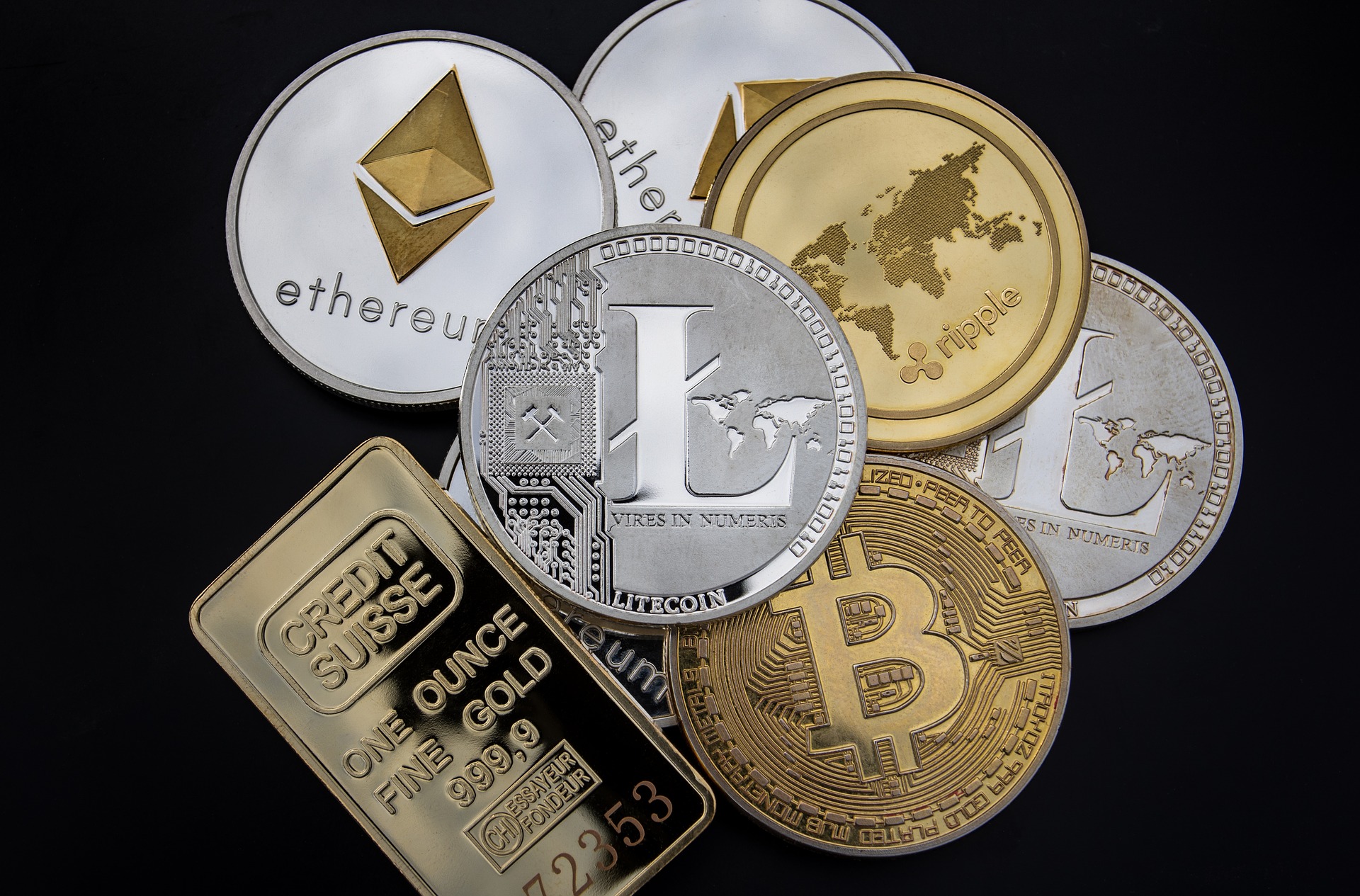

The crypto world can be daunting even for crypto natives, but for beginners it is easy to bundle all coins and markets into a generic category of ‘crypto’. Yet, clear and distinct domains are starting to emerge each with their own use cases. We have therefore constructed four crypto indices that capture the more popular uses. Each index (apart from one) is made up of five coins that we think are representative. The indices can be used a benchmark for the market value assigned to each theme.
This article is only available to Macro Hive subscribers. Sign-up to receive world-class macro analysis with a daily curated newsletter, podcast, original content from award-winning researchers, cross market strategy, equity insights, trade ideas, crypto flow frameworks, academic paper summaries, explanation and analysis of market-moving events, community investor chat room, and more.
The crypto world can be daunting even for crypto natives, but for beginners it is easy to bundle all coins and markets into a generic category of ‘crypto’. Yet, clear and distinct domains are starting to emerge each with their own use cases. We have therefore constructed four crypto indices that capture the more popular uses. Each index (apart from one) is made up of five coins that we think are representative. The indices can be used a benchmark for the market value assigned to each theme.
Our Four Indices
Here are the indices in more detail:
- Bitcoin: the OG of crypto markets deserves its own category and is in many ways the true benchmark for any other crypto market.
- Smart contract platforms: after bitcoin, the big innovation was to have blockchains that were more programmable. These could host smart contracts or decentralised applications and have allowed the emergence of the metaverse and defi. Ethereum (ETH) is the most popular version of a smart contract platform. But we also include four rivals: Solana (SOL), Cardano (ADA), Avalanche (AVAX), and Polkadot (DOT).
- Metaverse: coins associated with the creation of a virtual space/digital world on the internet using a combination of augmented reality, virtual reality, and social networks. One of the largest is this space is Axie Infinity (AXS), which is a play-to-earn gaming platform. Another is Decentraland (MANA), which is a virtual world that allows ownership of land amongst other things. The three other coins we include are Sandbox (SAND), Enjin Coin (CNJ) and GALA (GALA).
- Decentralised Finance (DeFi): financial services built on top of blockchain networks with no central intermediaries. This can be a very broad category, so we narrow this down to platforms that focus on lending and borrowing or to yield farming. The five coins we have selected are Aave (AAVE), Maker (MKR), Compound (COMP), Uniswap (UNI), and PancakeSwap (CAKE).
Performance
The clear outperformer this year has been the metaverse (Chart 1, note the vertical axis is in log terms). It is up a whopping 37,000% this year and has gained 20% over the past seven days alone (Chart 2). Returns appeared to be turbocharged by Facebook’s decision to rebrand to Meta. The next best performer this year has been smart contract platforms. This index is up 2,355% in 2021 – which is notably lower than the Metaverse index. It is down 2% over the past seven days. DeFi had a good start to the year, but has struggled since the summer. It is up 584% in 2021 and is down 1.3% over the past seven days. Finally, the laggard for 2021 has been bitcoin. It has ‘only’ risen 97% in 2021 and is down 0.9% over the past seven days.
The prices were snapped at 10:30am GMT and we will update this report once a week.

Dalvir Mandara is a Quantitative Researcher at Macro Hive. Dalvir has a BSc Mathematics and Computer Science and an MSc Mathematical Finance both from the University of Birmingham. His areas of interest are in the applications of machine learning, deep learning and alternative data for predictive modelling of financial markets.
Bilal Hafeez is the CEO and Editor of Macro Hive. He spent over twenty years doing research at big banks – JPMorgan, Deutsche Bank, and Nomura, where he had various “Global Head” roles and did FX, rates and cross-markets research.
